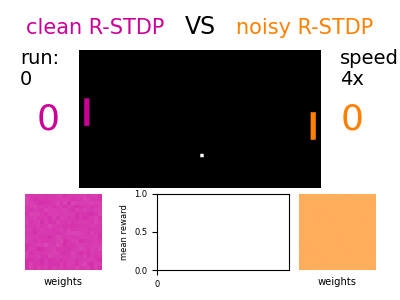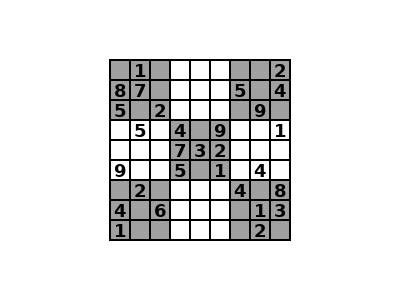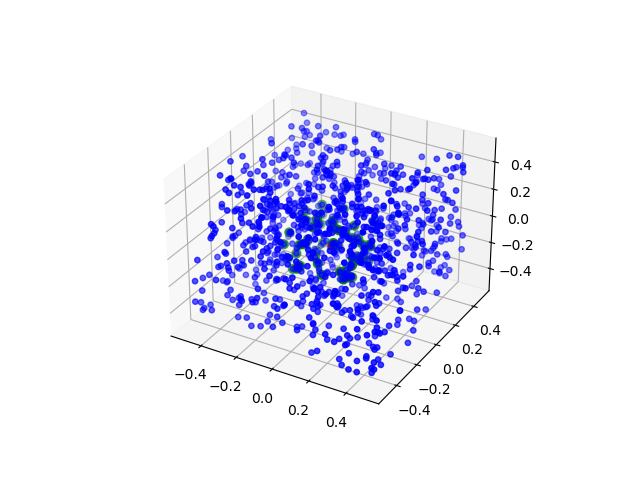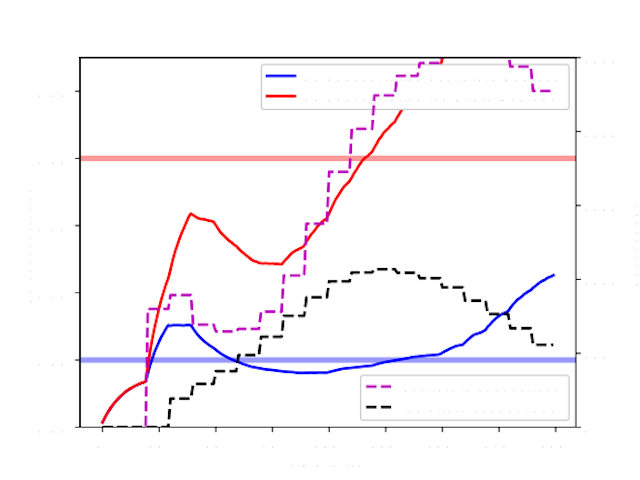Welcome to design_nest’s documentation!¶
NEST is used in computational neuroscience to model and study behavior of large networks of neurons.
The models describe single Neuron and synapse behavior and their connections. Different mechanisms of plasticity can be used to investigate artificial learning and help to shed light on the fundamental principles of how the brain works.
NEST offers convenient and efficient commands to define and connect large networks, ranging from algorithmically determined connections to data-driven connectivity. Create connections between neurons using numerous synapse models from STDP to gap junctions.
Community-Driven
pip install nest-simulator
See more installation options here.
Our PyNEST tutorial will show you how to create your first script with NEST simulator. tutorial-link
Learn how to use neurons, synapses and devices
NEST has extensive model catalog from … Check out our model catalog
Find a function
Spatially structured networks ?
Microcircuit
Mulit area model
Run NEST on clusters and supercomputers
Conceptual approach¶
NEST builds networks from point based neurons using connections defined by synapse type …
This is using the grid system to help position the popups relative to the image, (TODO- position stil needs tweaking) rather than trying to use pure css. The mouseover (“monmouseover” and “onmouseout”) is stored in the svg file direclty, where as the click event is enabled from custom javascript. The popups are embeded in raw html in the rst file. It might be possible to use sd cards instead. Haven’t tessted it yet. We need to have the class and id preserved in the popups for the javascript to find the correct popup. The svg has a few important attributes that need to be preserved for this to work as well: svg id = “mySvg” (the name needs to match javascript file) Each element that is clickable has a class=”clickable” and a unique id that associates it with the correct popup. So the neuorns have id=”neuron[x]” (with x being a value 1 or more). Note however that inkscape likes to remove ids that end with numbers, so in saving an optmized svg, I had to deselect “remove unused ids”. I never managed to use the “preserve the following ids”, as it only took the first element in the list.
The design of this brain is taken directly from NEST desktop, the neuron and synapse popups are taken from nestml, this gives us some consistency between projects. The colours are meant to fit the new colour theme. The brain background is from Angela Fischer.
Example script¶
Here is an example of how a script is constructed …
this works - TODO add text into image
See also
Tutorials for other tests of example script
import nest
neurons = nest.Create("iaf_psc_alpha", 10000, {
"V_m": nest.random.normal(-5.0),
"I_e": 1000.0
})
Create()link_to_neurondocs
input = nest.Create("noise_generator", params={
"amplitude": 500.0
})
link_to_stimdevices
nest.Connect(input, neurons, syn_spec={'synapse_model': 'stdp_synapse'})
spikes = nest.Create("spike_recorder", params={
'record_to': 'ascii',
'label': 'excitatory_spikes'
})
nest.Connect(neurons, spikes)
Connect()link_to_connectiondocs
link_to_recorddevices
nest.Simulate(100.0)
nest.raster_plot.from_device(spikes, hist=True)
plt.show()
Simulate()See all PyNEST functions
Install NEST¶
pip install nest-simulator
or See other options:
I’m a user who wants to install NEST on my computer
I’m a lecturer who wants to use NEST to teach
I’m an admin or user who wants to run NEST on HPC
I’m a developer who wants to do development in NEST
NEST Ecosystem¶
Here are tools that integrate with NEST …









